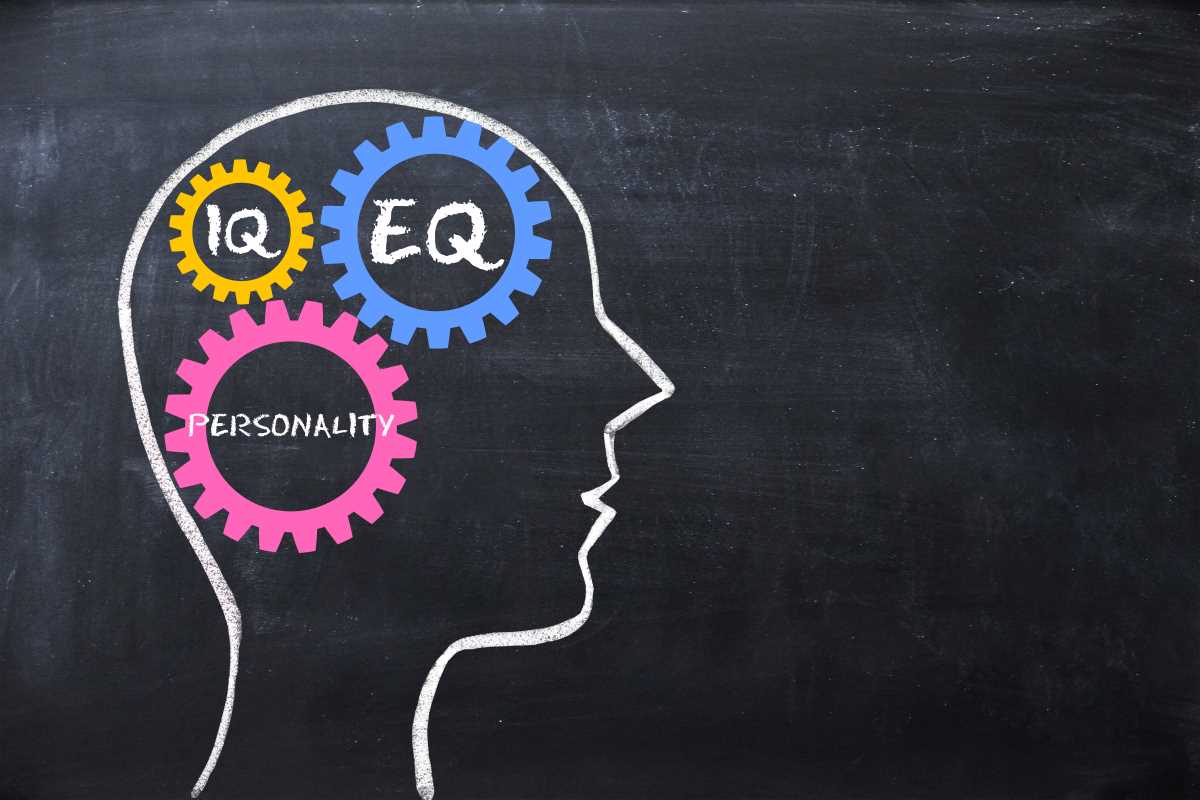Your computer screen is a gateway to incredible productivity, but it's also home to endless distractions. A single notification can derail your train of thought, and a cluttered desktop can create a low-grade sense of anxiety you might not even notice. Creating a distraction-free digital workspace is one of the most powerful steps you can take to reclaim your focus and boost your efficiency. This isn’t about using willpower to fight temptation; it's about intentionally designing your digital environment to support your goals. By making a few simple, strategic changes, you can transform your screen from a source of chaos into a serene space for deep, meaningful work.
The Hidden Cost of Digital Distractions
Every time a notification pops up or you decide to quickly check social media, you are paying a "cognitive cost." It’s not just the few seconds you spend on the distraction itself. It’s the time and mental energy it takes to switch your attention back to your original task and regain your focus. Research shows that it can take over 20 minutes to get back on track after a single interruption.
These constant micro-distractions fragment your attention, making it nearly impossible to achieve a state of "flow," or deep work. This prevents you from doing your best thinking and can lead to stress, frustration, and a feeling of being busy but not productive. By consciously curating your digital space, you reduce this cognitive load, protect your focus, and empower yourself to produce higher-quality work in less time.
1. Tame Your Notifications
Notifications are the number one enemy of a distraction-free workspace. They are designed to hijack your attention, pulling you away from what you intended to do. Taking control of them is your first and most important step.
Turn Off Non-Essential Alerts
Go through the settings on your computer and your phone and be ruthless. Do you really need a banner to pop up every time you get a new email? Does your computer need to make a sound for every chat message? The answer is almost always no. Turn off all notifications for social media, news apps, and any other non-critical applications. For work-related apps like Slack or Microsoft Teams, customize your settings to only alert you for direct mentions or urgent messages.
Use "Do Not Disturb" Mode
Your computer and phone have a powerful "Do not disturb" or "Focus" mode. Use it generously. This feature allows you to block all notifications for a set period. Schedule focus blocks on your calendar and activate this mode during those times. This simple act creates a protective bubble around your attention, signaling to your brain and the outside world that you are unavailable for interruptions.
2. Declutter Your Digital Desktop
A messy desktop is the digital equivalent of a messy physical desk. It creates visual noise that competes for your attention and makes it harder to find what you need. A clean desktop provides a sense of calm and control.
Clear the Clutter
Start by moving all the random files, screenshots, and downloads off your desktop. Create a simple folder system within your "Documents" folder to organize these files. You could have folders for different projects, a folder for administrative tasks, and a "To Sort" folder for items you need to deal with later. The goal is to have a desktop that is either completely empty or contains only a few essential shortcuts.
Choose a Calming Wallpaper
Your desktop wallpaper sets the tone for your digital environment. Avoid busy images or bright, jarring colors. Instead, choose something simple and calming, like a minimalist pattern, a serene nature scene, or a solid, muted color. This small change can have a surprisingly large impact on your mental state every time you look at your screen.
3. Organize Your Browser
The web browser is a primary tool for most of us, but it can also be a primary source of distraction. With countless tabs open, it’s easy to get sidetracked.
Practice "Tab Zero"
Just like "inbox zero," aim for "tab zero." At the end of a task or a work session, make it a habit to close all irrelevant tabs. This prevents a buildup of digital clutter and helps you start your next task with a clean slate. Use your browser's bookmarking feature to save pages you want to return to later, rather than keeping them open indefinitely.
Use Browser Extensions for Focus
Several browser extensions are designed to help you stay on track. Tools like StayFocusd or Freedom allow you to block distracting websites for set periods. This removes the temptation to "just quickly check" your favorite time-wasting sites. Other extensions, like OneTab, can condense all your open tabs into a single list, saving memory and reducing visual clutter.
4. Structure Your File System Logically
"Where did I save that file?" is a question that wastes time and breaks your concentration. A logical, consistent file structure is like a well-organized library, allowing you to find any piece of information in seconds.
Create a Master Folder Structure
Design a clear hierarchy for your files. A simple and effective structure might start with broad categories at the top level, such as "Projects," "Clients," "Admin," and "Archive." Within each of these folders, create more specific subfolders. For example, under "Projects," each project gets its own folder.
Use a Consistent Naming Convention
Decide on a standard way to name your files and stick to it. A good naming convention often includes the date, a project name, and a version number. For example, a file named "2025-09-12_MarketingReport_V3.docx" is much more informative than "report_final_final.docx." This practice makes files easily searchable and instantly understandable.
5. Curate Your Digital Toolkit
The apps and software you use can either contribute to your focus or detract from it. Be intentional about the tools you allow into your digital workspace.
Consolidate Where Possible
Try to use a few multi-functional tools rather than a dozen single-purpose apps. For example, a powerful project management tool like Asana or Notion can often replace separate apps for to-do lists, notes, and document sharing. This reduces the need to switch between different applications, which helps you stay in the flow.
Create a "Focus" Desktop or Profile
Some operating systems allow you to create multiple virtual desktops. You can dedicate one desktop solely to your deep work tasks. Keep only the essential applications open on this desktop and move all communication apps and other potential distractions to a separate desktop. This creates a digital partition that helps you mentally separate focused work from shallow work.
 (Image via
(Image via





